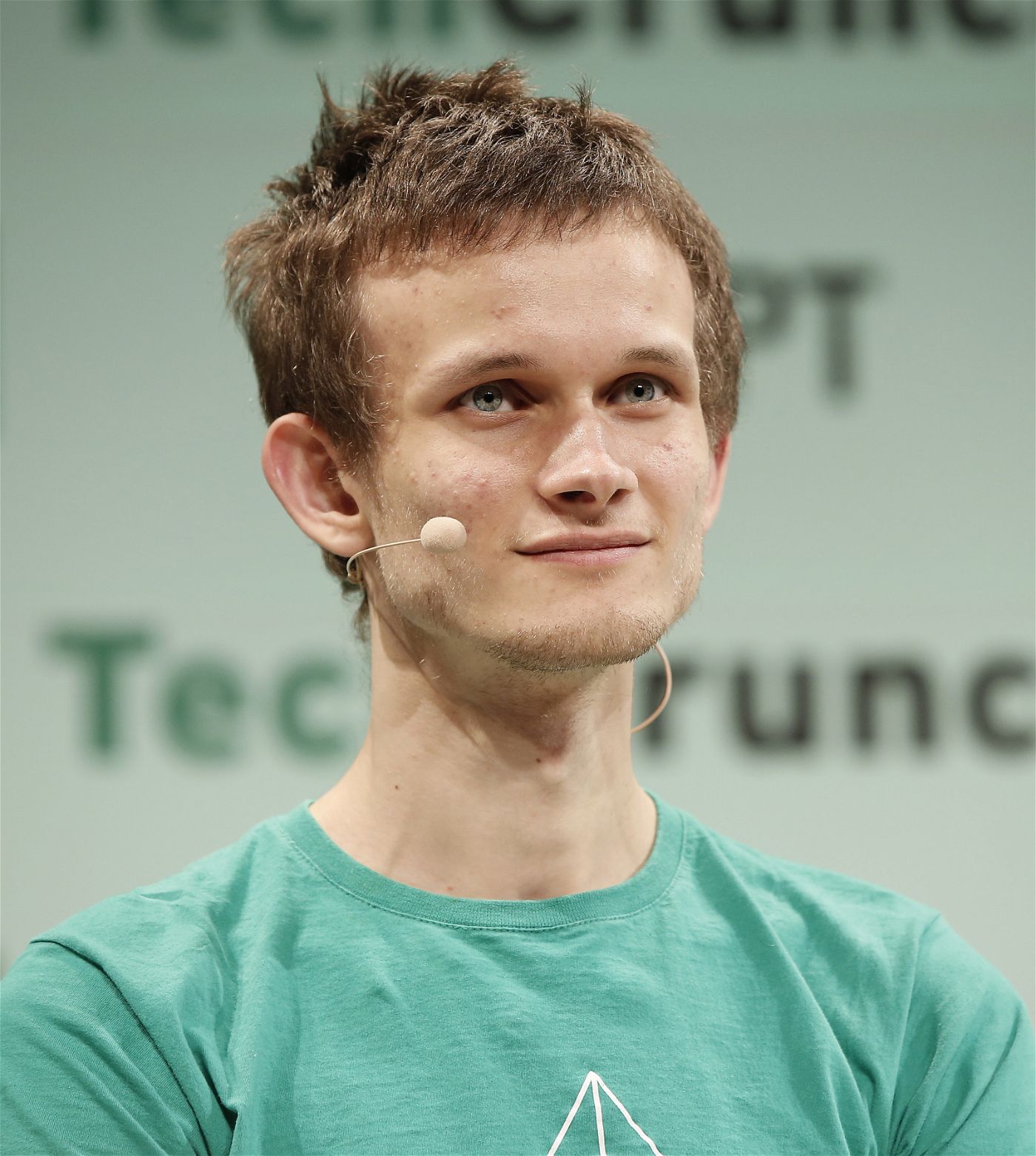
Subscribe to Bankless or sign in
Today,  Vitalik Buterin published a new blog post outlining strategies to enhance Ethereum’s “permissionlessness and decentralization.” The post was inspired by Geth core developer Péter Szilágyi’s concerns on maximal extractable value (MEV) and the specter of centralization.
Vitalik Buterin published a new blog post outlining strategies to enhance Ethereum’s “permissionlessness and decentralization.” The post was inspired by Geth core developer Péter Szilágyi’s concerns on maximal extractable value (MEV) and the specter of centralization.
What's the context?
In a May 16 Twitter thread, Szilágyi argued the  Ethereum community has prioritized vested interests and quick fixes over the protocol’s integrity.
Ethereum community has prioritized vested interests and quick fixes over the protocol’s integrity.
He decried the acceptance of MEV, liquid staking, and increasing hardware requirements as leading to centralization and making Ethereum similar to traditional financial systems, leading to a wider debate with Ethereum researcher Dankrad Feist.
tl;dr of Vitalik’s Response
In his new May 17 post, Buterin said these were “valid concerns” but asserted the situation wasn’t “anywhere near as hopeless as Peter’s tweets imply.” He emphasized that many of these issues were already being addressed through ongoing protocol improvements and roadmap tweaks, including:
- MEV minimization — Promoting MEV-free apps like CoW Swap and implementing encrypted mempools to prevent front-running attacks
- MEV quarantining — Using proposer/builder separation (PBS) and inclusion lists to limit the power to exclude transactions
- Verkle trees and EIP-4444 — For reducing hardware requirements, expanding validator sets, and improving node operation efficiency and storage requirements
Buterin concluded by acknowledging past over-reliance on “large-scale actors,” but added that Ethereum has shifted considerably toward true decentralization in recent years and that while there is plenty of work left to do, the ongoing progress is promising.
Bankless take:
It would be a travesty for Ethereum to turn into a captured TradFi-like behemoth, yet as Buterin pointed out in his new post, the network has moved considerably away from this specter through various ongoing development efforts, and with no signs of slowing down here.
Of course, it will take years for Ethereum to complete the full arc of its decentralization journey, but the wait will be worth the end result: a remarkably robust base layer that can “hyper-scale” in all directions with Layer 2 (L2) networks. This vision is best realized by focusing on decentralization now, not later.





